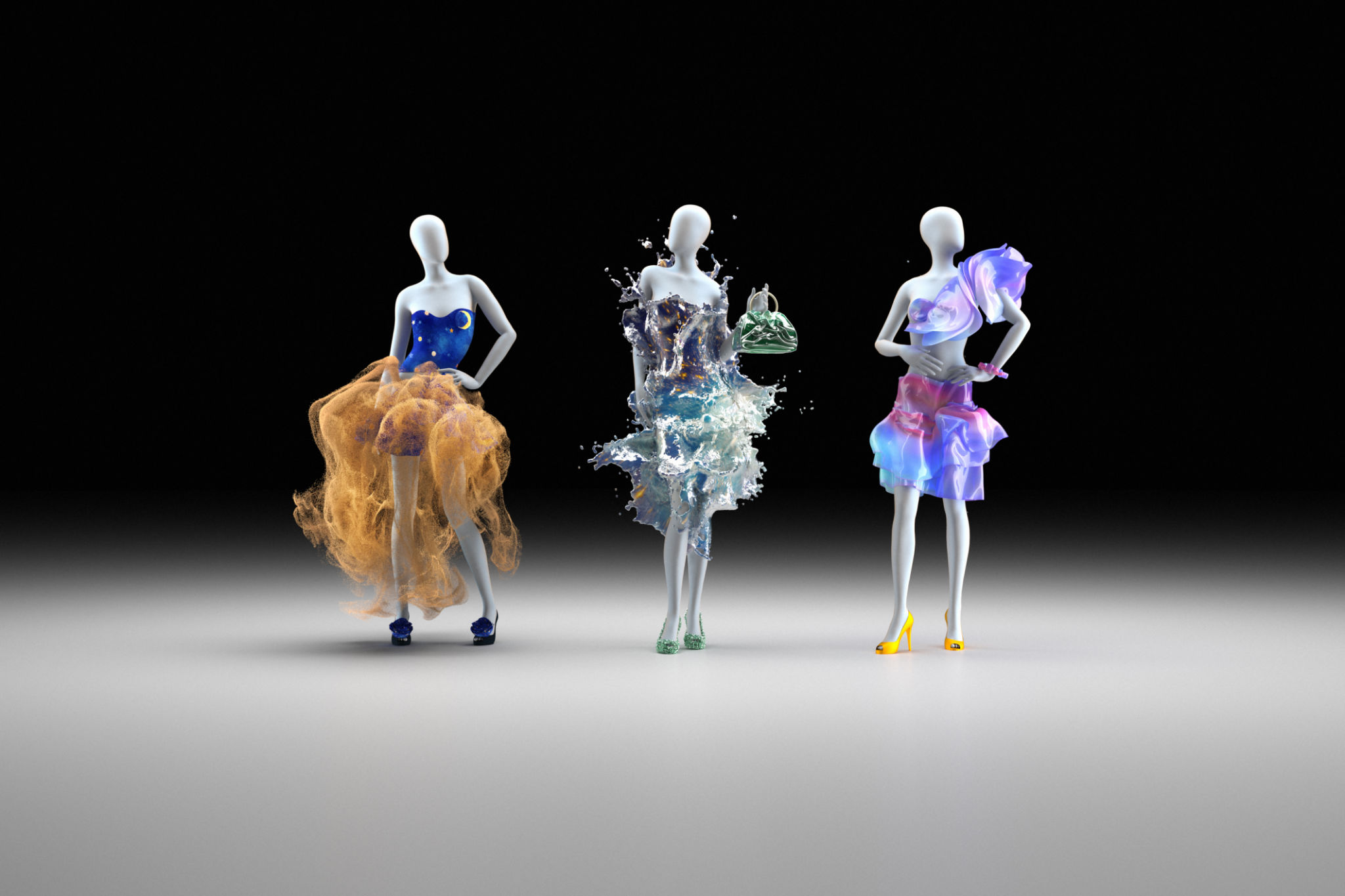The Role of Technology in Modern Fashion Manufacturing
Fa
The Evolution of Fashion Manufacturing
In recent years, the fashion industry has undergone a remarkable transformation, largely due to advancements in technology. From design to production, every step of the fashion manufacturing process has become more efficient and innovative. This evolution is not only reshaping how clothes are made but also influencing trends and consumer demands.
Traditionally, fashion manufacturing involved labor-intensive processes. However, with the integration of technology, these processes have become more streamlined and sustainable. Automation and data analytics are now central to modern fashion manufacturing, leading to faster production times and reduced waste.

Automation and Robotics
The introduction of automation and robotics in fashion manufacturing has revolutionized the industry. Machines are now capable of performing tasks that once required human labor, such as sewing, cutting, and assembling garments. This shift not only speeds up production but also enhances precision and quality.
Robotic arms and automated sewing machines are becoming commonplace in factories. They can work tirelessly and with a level of accuracy that minimizes errors. This technological advancement is crucial in meeting the fast-paced demands of the fashion world, where trends change rapidly.

Impact on Labor
While automation offers numerous benefits, it also raises concerns about its impact on employment. Many fear that machines will replace human workers, leading to job losses. However, technology also creates new opportunities for skilled workers in areas such as machine maintenance, programming, and design.
It's essential for the industry to invest in upskilling its workforce to adapt to these changes. By providing training programs and education, workers can transition into new roles that support technological advancements in fashion manufacturing.
Data Analytics in Fashion
Another significant contribution of technology to fashion manufacturing is the use of data analytics. By analyzing consumer data and market trends, fashion brands can make more informed decisions on what to produce and when to launch new collections.
Data-driven insights help brands predict trends accurately, reducing the risk of overproduction and unsold inventory. This approach not only saves resources but also aligns with sustainable practices by minimizing waste.

Sustainability Through Technology
Sustainability is a growing concern in the fashion industry, and technology plays a crucial role in addressing this issue. From eco-friendly materials to efficient production techniques, technology enables brands to reduce their environmental footprint.
- Recycling technologies transform waste materials into new fabrics.
- 3D printing allows for on-demand production, reducing excess inventory.
- Blockchain technology ensures transparency in supply chains.
The integration of these technologies not only benefits the environment but also enhances brand reputation and consumer trust.
The Future of Fashion Manufacturing
As technology continues to evolve, the future of fashion manufacturing looks promising. Innovations such as artificial intelligence and virtual reality are poised to further transform the industry. AI can assist in designing personalized fashion items, while VR can offer virtual fitting rooms for a seamless customer experience.
The ongoing collaboration between technology and fashion will likely lead to even more exciting developments. Brands that embrace these advancements will be better positioned to meet consumer expectations and stay ahead in a competitive market.

